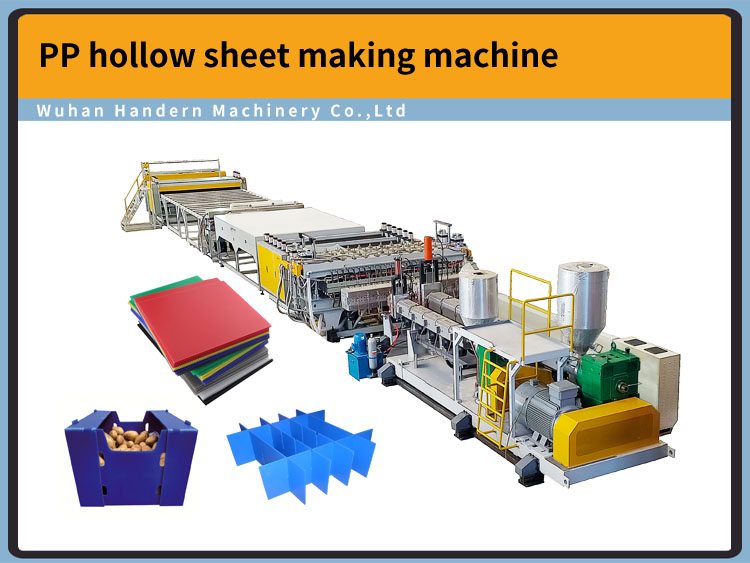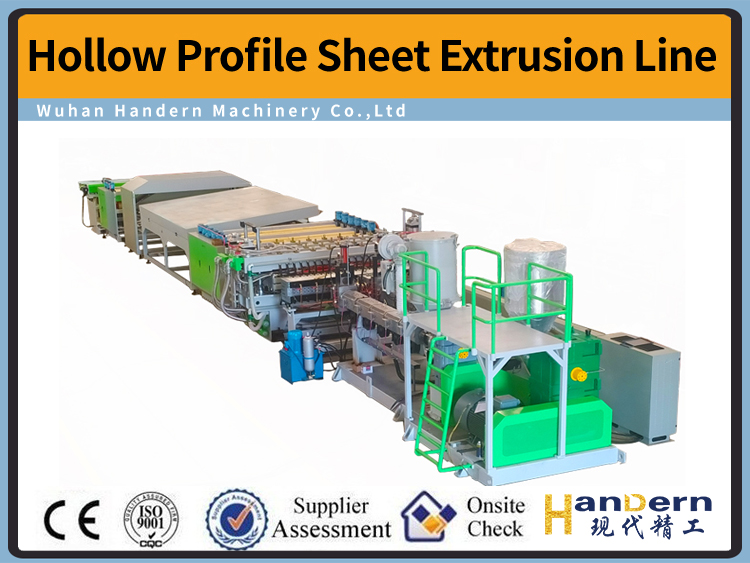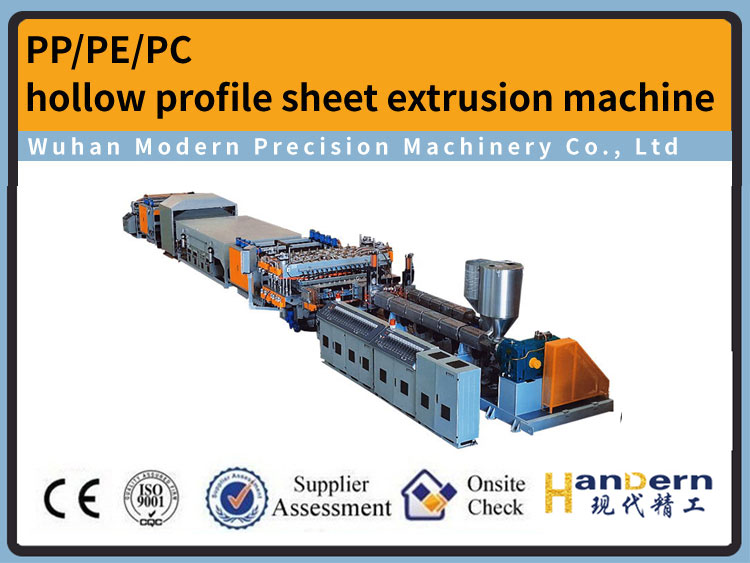Raw material for low foaming hollow blow molding
DATE:2021/9/22 8:28:04 / READ: / SOURCE:This station
Raw material for low foaming hollow blow molding
The blowing agent used for low-foaming hollow blow molding is usually endothermic and has a nucleating effect. Because this foaming agent absorbs heat when it decomposes, it can reduce the molding cooling time by about 10%. For example, using the chemical reaction of citric acid and bakingsoda, usually 1g of sodium bicarbonate can produce 15sm of carbon dioxide gas. However, this foaming agent is accompanied by a small amount of water generated during the reaction. Some plastics that are sensitive to moisture are not suitable for this foaming agent. In addition, the foaming agent that generates moisture will have a detrimental effect on the hollow blow molding mold that has no protective effect. Therefore, some companies use inert gas (usually nitrogen, N2), or polycarbonic acid plus organic carbonate. Every 1g of polycarbonate and organic carbonate can produce 188m of gas, and there is no additional moisture produced. In order to improve the foam structure and maintain the micro-foam size, a foaming inhibitor can be added to slow down the foaming speed or increase the foaming time (the foaming time is defined as the time required for the foaming agent to decompose to generate 60% gas). The foaming agent can usually be pre-mixed in the hollow blow molding plastic, which can save the complicated foaming agent metering, control and injection equipment.
Canadian ABC company uses inert gas (nitrogen) as a blowing agent for hollow blow molding. Their experiments show that the results of chemical blowing agents are unstable, and the quality of the final low-foaming hollow blow molded parts is not easy to control. ABC company uses a specially designed rod to quantitatively control the injection of hydrogen. The position where the nitrogen is injected into the plastic melt is located at the head of the screw, that is, near the head of the machine.
Author:admin




